If you have a new reverse osmosis filter or are thinking of buying one, we’ll tell you that the biggest surprise is probably the taste of the water.
It’s not that it’s bad, but rather that it doesn’t taste like anything. We know it’s strange to say that regular water has a taste, but if you’ve already used a RO system, you probably know what we mean.
The reason for this lack of “taste” is the removal of all minerals from the water.
But, if that’s not what you want, there are also ways to remineralize your reverse osmosis water.
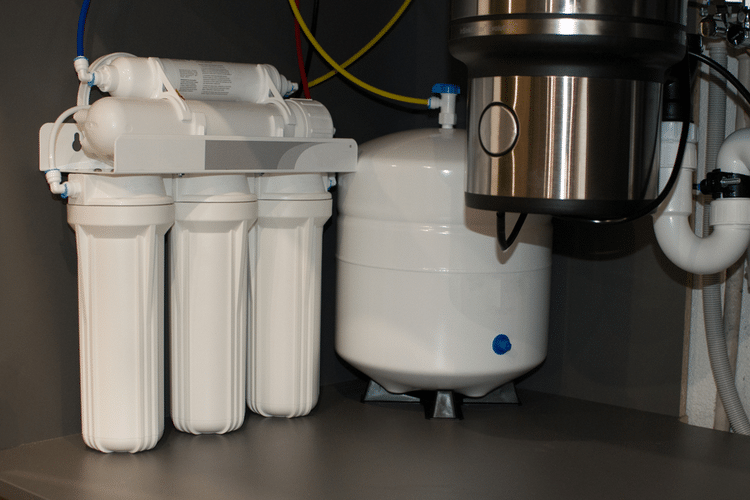
Why Does this Happen?
Reverse osmosis is a process that passes water through a very thin screen that acts like a filter. The screen has holes that allow water to pass through, but larger molecules like common water contaminants are caught by the screen and removed.
Aside from contaminants, RO filtration units also remove minerals from water. This is great if you’re trying to get rid of substances like high iron concentrations from your drinking water, but minerals, in general, aren’t detrimental to your health – if anything, they’re beneficial. Therefore, with RO filtration systems, you might remove more stuff from your water than needed.
Why You Should Remineralize your RO Water
You’d probably agree that the taste of water being slightly bland isn’t an issue. It certainly isn’t critical that you’d take measures to re-introduce minerals into your drinking water.
However, the absence of all minerals in your drinking water is a bit more problematic since they are associated with a lot of health benefits.
That said, most of our body’s minerals are from eating rather than drinking, so RO water isn’t a health risk, per se. Yet, the minerals you take in through the water are still beneficial, especially on days when you don’t eat particularly nutrient-rich foods.
This is especially true if you’re trying out a new diet and you’re not getting as much calcium and magnesium as your body needs to. Again, tap water won’t provide a lot of minerals, but it definitely gives you a lot more than RO water. Therefore, remineralizing RO water can be a great solution for people with mineral deficiencies or who might not want to eat mineral-rich food regularly.
How to Remineralize Reverse Osmosis Water
There are several ways in which you can remineralize your reverse osmosis water. Some of these methods are more expensive than others, and some are simpler to implement. We’ll go over all of them so you can see the pros and cons of each.
Adding Salt
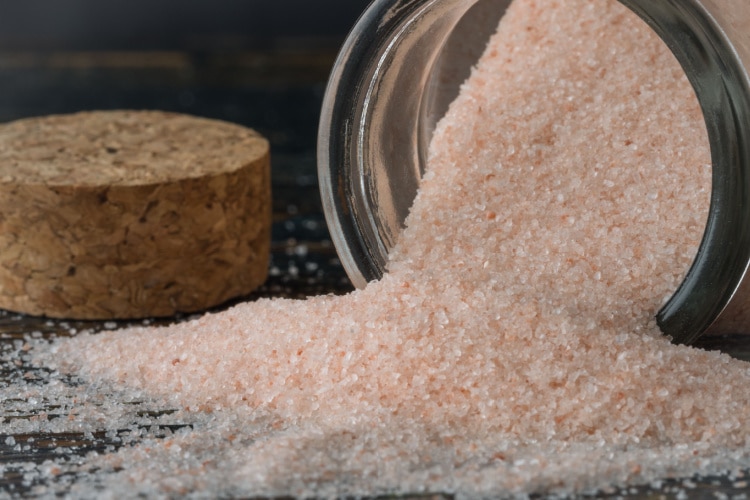
To be clear, we’re not talking about common table salt, but rather a mineral-rich salt like Himalayan sea salt.
While table salt only contains sodium, Himalayan salt contains iron, magnesium, and calcium. Essentially, this salt contains all of the beneficial minerals that the reverse osmosis filter removes from your drinking water.
There’s no specific measurement, but we’d recommend adding only a tiny sprinkle of salt to your glass of water or adding a tablespoon to a gallon of reverse osmosis water. After you do this a few times, you should get a better sense of how much salt is too much and adjust your dosage accordingly.
Again, adding additional minerals to water is good, but there’s no reason to force yourself to drink overly salty water.
The good thing about this method is that Himalayan salt is cheap (around $200), and adding it to the water is incredibly simple. The negative point is that this method requires you to manually remineralize the water yourself.
Water Drops
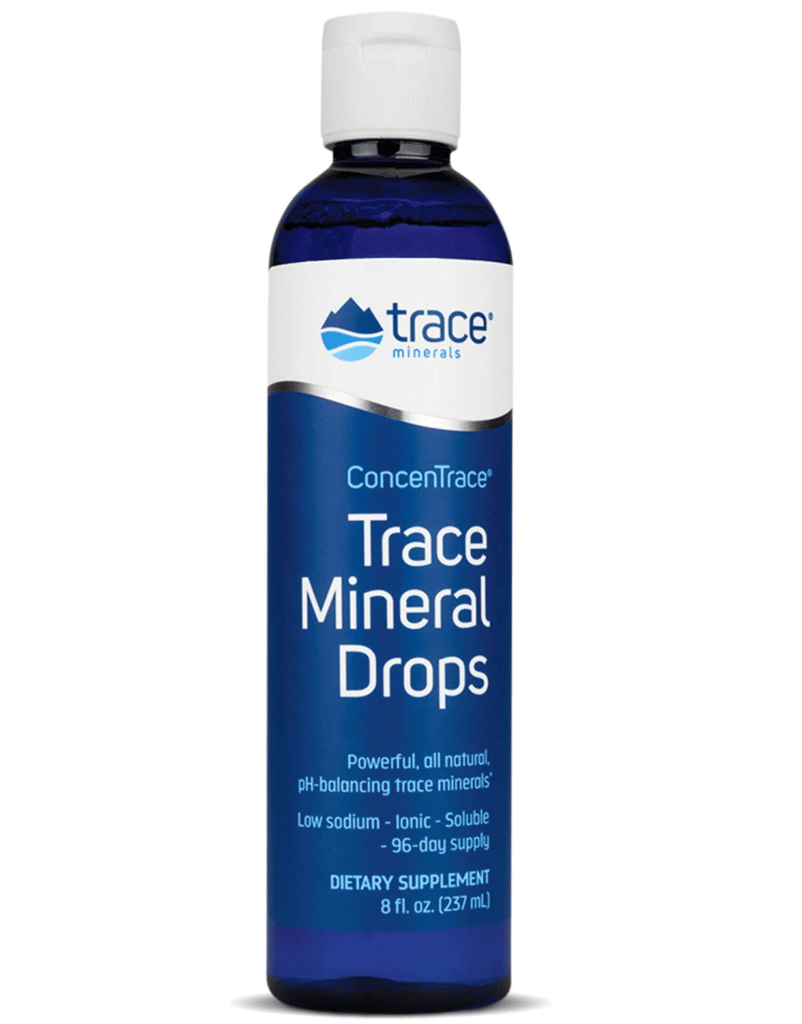
There are also mineral drops you can get that have the same effect as the Himalayan salt but are more convenient. They add certain minerals to the water, they’re easy to use, and there’s no guesswork involved since the recommended dosages are on the back of the label.
These mineral drops cost roughly the same as the Himalayan salt. The price is hard to gauge since these drops usually come in 10 Oz bottles while the salt comes in Kg, but we’d say that roughly you get a little bit less use for the money you pay.
However, you might have a slightly harder time tracking these water drops since only a few local shops sell a product like this.
In most cases, you’ll have to order them online.
Remineralization Filters
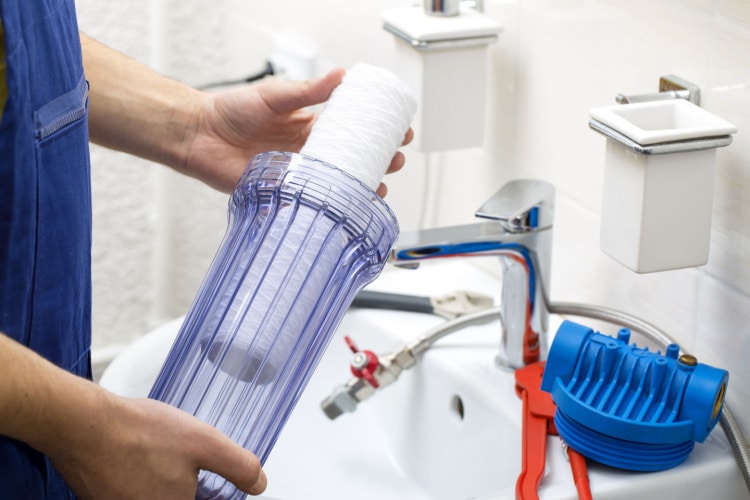
Remineralizing filters are exactly what they sound like. These cartridges contain iron, calcium, magnesium, and other minerals, so they automatically add them back to the water.
You can set up your water flow so that your reverse osmosis filter leads directly to the remineralization filter. This way, the water will get purified, and it’ll still contain plenty of minerals.
Another option is to get a reverse osmosis filter with a built-in remineralization stage. These are slightly more expensive than standard RO models due to the additional filtration stage, but they take up less space than having two separate filtration units in your kitchen.
These filtration systems do have the benefit of both purifying and then remineralizing the water automatically, so you don’t need to lift a finger for anything. However, they cost significantly more than a bag of salt.
The prices vary depending on the make and model. Still, you’ll probably need to spend a few thousand on a reverse osmosis system with a remineralizer or close to a thousand if you’re just getting a remineralizer.
Alkaline Pitchers
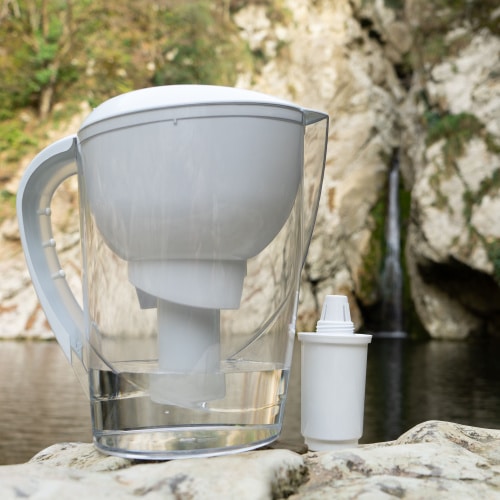
Pitchers like the Brita filter come with a lot of benefits. They’re easy to store and easily fit in most refrigerators, they cost $20 – $30, and their filters are good at removing a wide range of contaminants. These same filters are also capable of remineralizing your water.
On the other hand, there are a few downsides. Even though the filtration process is relatively quick, it’s still the slowest out of all the methods we have on our list. Additionally, you can only get around 10 cups out of your pitcher before you need to refill it and start the filtration all over again.
You’ll also need to replace the filters after you’ve purified between 50 and 100 gallons (the exact number depends on the pitcher and the filter you’re using). However, since three filters only cost around $20, replacing them won’t break the bank.
These pitchers are worth the investment, especially considering how cheap they are. Just keep in mind that they’re not perfect.
Conclusion
Removing minerals from your water changes the taste and might reduce your daily iron, magnesium, and calcium intake. The health benefits of these minerals are negligible in the short run, but they still provide a bit of a boost to your system.
If this is a problem for you, we’d recommend remineralizing your reverse osmosis water with one of the methods we outlined.
Use salt or mineral drops if you don’t want to spend too much money on this process and you just want a way to add minerals to your drinking water every once in a while.
Add a remineralization filter if you want to automate the whole procedure, and you want a quick and effective method to make sure that your water is both clean and rich in minerals.
Finally, an alkaline pitcher is a good middle-ground that doesn’t cost much money and can let you purify and remineralize a few cups of water at a time.